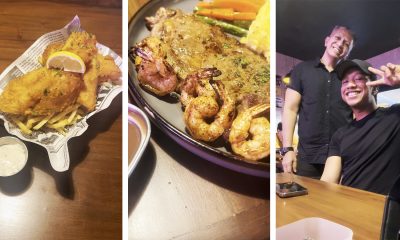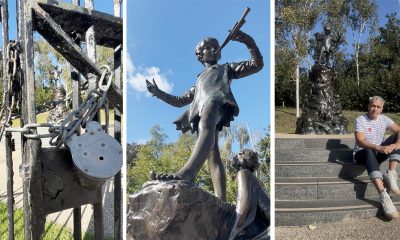Destinations
El Nido, Palawan: Postcard Perfect
The appeal of the province of Palawan may be mainly its being a largely untouched place. But as M.D. dela Cruz Tan discovers, there’s more to this place than meets the eye.

The first time Australian D.J.M. Winters stepped on the shores of Miniloc Island, in El Nido, north of Palawan, to visit the country’s “Last Environmental Frontier,” as well as “check out what business ventures may be there,” he noted that “it was like stepping on a photograph come to life,” he says. “Everything seemed too good to be true. Palawan is almost surreal for its beauty.”
Winters’ amazement is understandable, what with Palawan long considered a land of clichés, at least as far as the image of a stereotypical tropical paradise is concerned. Sandy white beaches stretching for miles, incessantly kissed by the crystal clear waters that mirror the blue sky, or reflect rolling clouds as they pass, seemingly lovingly blown by the whistling wind, just as they make the tall palm trees by the beaches bend, dancing to a tune only they can hear – all of them are in Palawan. And so much more, actually.
“It most certainly is full of surprises,” Winters says.
RICH HISTORY
Not largely known is the province’s rich history, best exemplified by the antiquities that abound there. Underwater or on the ground, however, Palawan has something to offer everyone.
Named after the nests of swiftlets (the main ingredient in the world-famous Nido Soup), El Nido (Spanish for the nest) is a 50,000 hectare-town of 18 barangays populated by some 27,000 people “very overprotective about their settlement,” notes Winters. “Rightly so, though, what with the place’s ecological treasures – all deserving of superlatives, but all fragile, and seemingly always in threat.”
Among Winters’ “favorite occurrences that are bound to be reminisced time and again” include kayaking from island to island, “my concentration broken only by the flapping wings of sea hawks, sighting unseen preys as they circle limestone cliffs formed millions of years ago;” bird watching, especially since El Nido’s forests are home to over 100 species of birds, many of them endemic to Palawan; stargazing, “realizing how small we are in the scheme of things;” island hopping to “see that here, seeing beauty never stops;” and simply admiring nature, such as “observing the peculiar looking pitcher plants that, to better their chances of survival, evolved to hang ever so low, almost touching the waters as they dangle from the rocky cliffs, waiting for whatever it is that will get trapped in their cavernous carafes to sustain them,” Winters says. “Nature 101.”
Amazement is, indeed, everywhere in Palawan.
In Miniloc Island, right off the pier is a rich marine world teeming with life, so that those snorkeling are literally inundated by swimming groupers, fusiliers, parrot fish, and other fish species that are normally only seen in, say, Animal Planet. In Lagen Island, mangrove tours, especially before at the break of dawn, right before the sun starts bathing with golden color everything under it, wild birds, many of them migratory, fly from their nests, their graceful motions mirrored by the waters under them.
In Matinloc Island, there’s the not-so-secret Secret Beach, worth visiting for a “glimpse of the sense of total seclusion,” Winters says, even if it is only accessible by snorkeling through a small crack in the limestone walls that envelope it.
And then there are the Big and Small Lagoons, both welcome retreats, with their pristine waters seemingly contradicting the roughness of their source, the “unruly sea” right outside their confines. There, it’s a different world altogether, filled with rock formations that resemble elephant tusks, a praying Virgin Mary, the caped crusader Batman hiding behind some rocks, phallic idols – “whatever,” Winters says. “It’s more like a cloud, actually, wherein you see them as what you want them to be. Like a fantasy, you can tailor-fit it to suit what you want. El Nido’s cliffs are like that, too. A hark back to the times when nature was magical.”
LAND OF BOUNTY
No wonder, thus, that “I’m looking at staying here for good,” Winters says with a laugh. The same appeal has actually already made ”regular inhabitants out of many who visited Palawan,” says Mickey Castaño of Belcas Realty Corp., which “recognizes the place’s great potential.”
Enterprise Magazine earlier reported (Paradise Found, March 2006) that there are opportunities to buy beachfront properties, or even entire islands, in the various towns of Palawan – and all at very affordable prices. In El Nido, for example, lots sell for about P1,500 per square meter, while small islands can be bought for as low as P200 to P300 per square meter. Adds the online publication Offshore and Real Estate Quarterly (escapeartist.com), beachfront properties with a frontage of approximately 300 feet (90 meters), and a total area of under two hectares cost less than P175 per square foot – roughly equal to 20 US cents, or less than $2.25 per square meter.
“This makes it an ideal time to invest,” says Castaño, who stressed that there is, however, “an urgency in investing since local officials (recognize) that in order to preserve Palawan’s beauty, over-development should be avoided, (and so) only a limited number of developments are allowed.”
Again in El Nido, only 32 resort developments are allowed, “making it good for those who invest in the place, what with less competition, but, more importantly, preserving the place’s appeal, which is its largely untouched beauty,” Castaño says.
On the bangka (dinghy) that carried him from Miniloc Island to the pier right by the local airport, where some brightly-clad locals were singing farewell songs in the local Cuyunin language, Winters was already “in a nostalgic mood,” he says. “You just want the experience to last.”
As if catching himself from turning mawkish, he laughs. Palawan, Winters says with a hearty laugh, is cliché personified. “It’s almost poetic, I tell you. And even that (claim) is admittedly cliché, too. Just as I tell you you’ll keep coming back here once you’ve already been here.”
*First published in Outrage Magazine in January 2009; reprinted with permission.
Travel
Steak-hunting in Bulacan? We ended up in Project Steak
Attraction-wise, #Bulacan isn’t on top of tourists’ lists. But food-wise, it – surprisingly – has a handful of worthy offerings. We checked one, a #steakhouse comparable to those in Metro Manila.
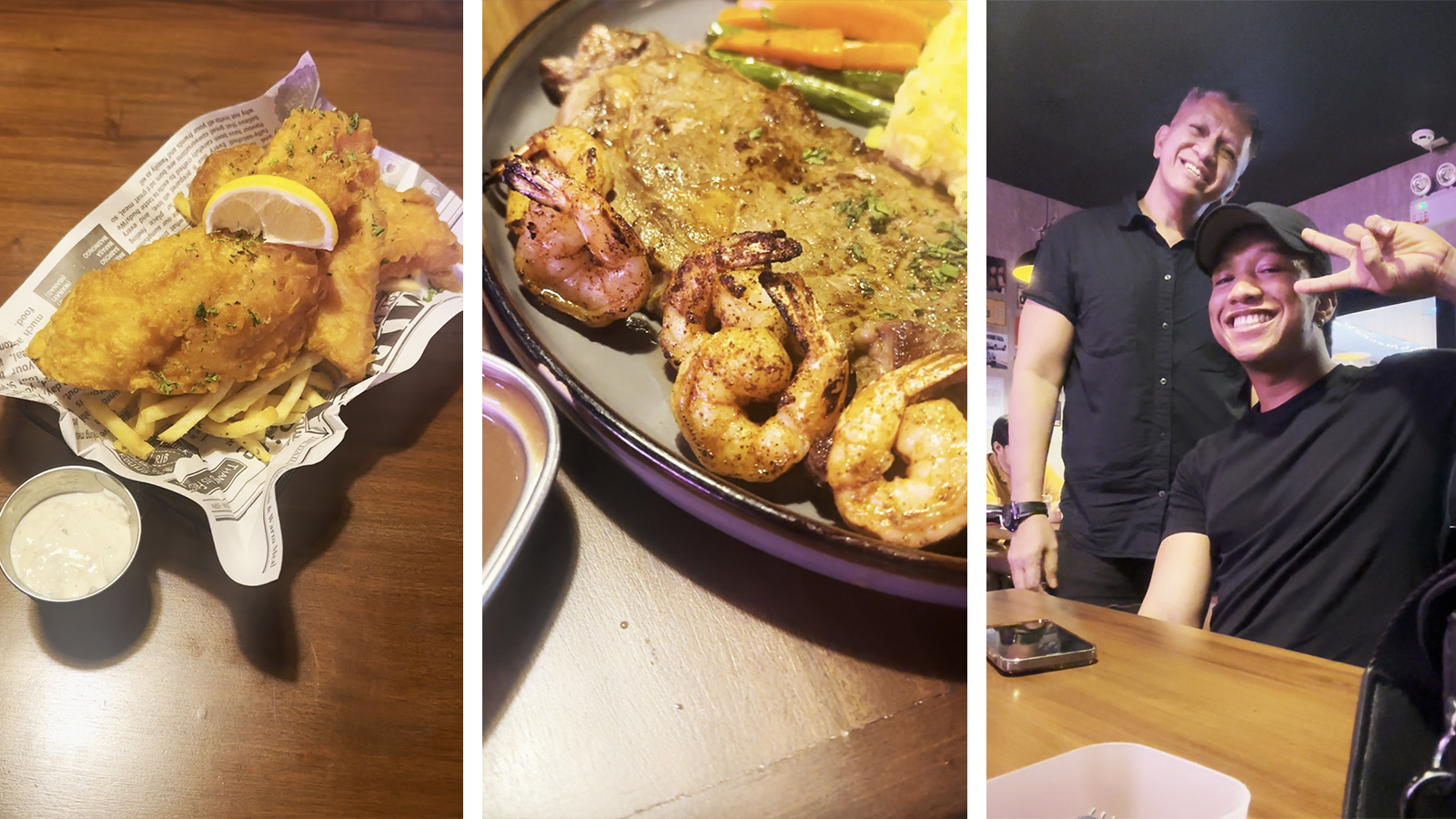
Bulacan may be a big province, but tourists will – admittedly – have a harder time looking for places to visit here. Unless you’re into hard-to-reach natural wonders, or churches, churches, and even more churches.
There’s something surprising in Bulacan, though: that is, there are actually a lot of not-bad dining venues there… which was what led us to discovering Project Steak.
How was the place for us?
@outragemag Lost in #Bulacan and looking for okay #food? We checked the #steak #fishandchips of @projectsteakbaliwag in #baliuagbulacan for this #LGBT ♬ original sound – Outrage Magazine
Una, Bulacan is a big province, so if you’re nowhere near Baliuag, you may find this place too hard to go to (particularly if you’re not driving). This is over an hour away from the City of Manila, passing through Obando, Bocaue, Guiguinto, Malolos, Pulilan, et cetera… so yeah, this isn’t the most accessible place to go to.
Ikalawa, the actual resto is actually small; seriously small. Luckily, there are two seating areas, so to speak. The resto itself has an airconditioned room that can only seat a handful; and a non-airconditioned area that it shares with Mimi’s, the café beside it. The airconditioning isn’t that cold naman, so staying outside may make sense particularly for those who are claustrophobic.
Ikatlo, keri naman ang personnel, able to explain what’s on the menu.
Ika-apat, how was the food?
- The Fish and Chips (₱300) was actually good, comparative to those from delis in – say – some suburb in Australia. The fish wasn’t malansa, was properly battered, and was well cooked. The chips – or fries – naman were of good quality, not disintegrating to the touch.
- The Meatballs Tomato (₱250) was so-so; that is, the meatballs tasted nice, but the pasta was just too sweet. Ganito: If you added more pasta, the sweetness of the sauce would still overhwlem.
- The Signature Ribeye Steak (₱550) was a bit small, though not surprising considering the asking price. Ordered MR, it was properly done, with the meat still juicy. You don’t get a lot of accompanying veggies; though the eggs we ordered in place of the potatoes were well done.
- The Surf and Turf (₱650) was basically a Ribeye Steak… with grilled shrimps. For both steaks, if there’s a major comment, it’s the lack of seasoning. Yeah, you can just add salt and pepper; but it tastes different when meat is seasoned before or during cooking since nanunuot ang lasa. The mashed potato was too margarine-y, and so was so-so. The shrimps were good even if they were somewhat small.
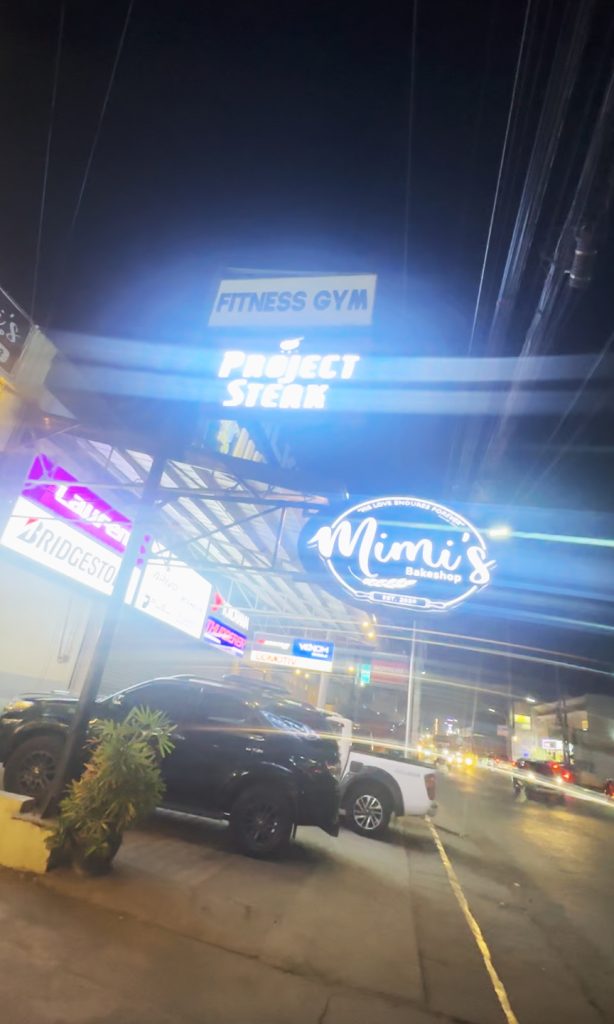
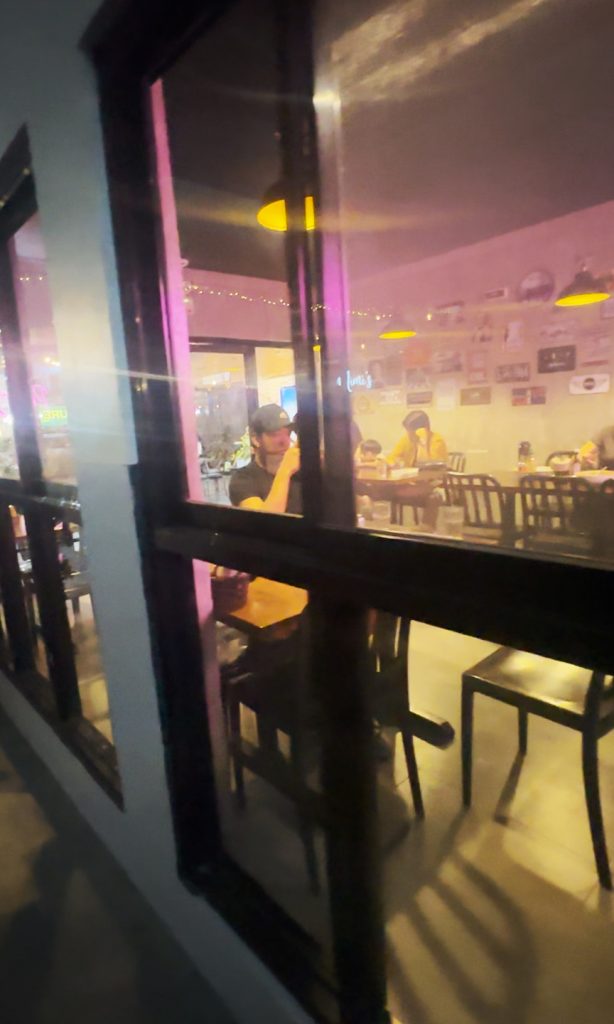

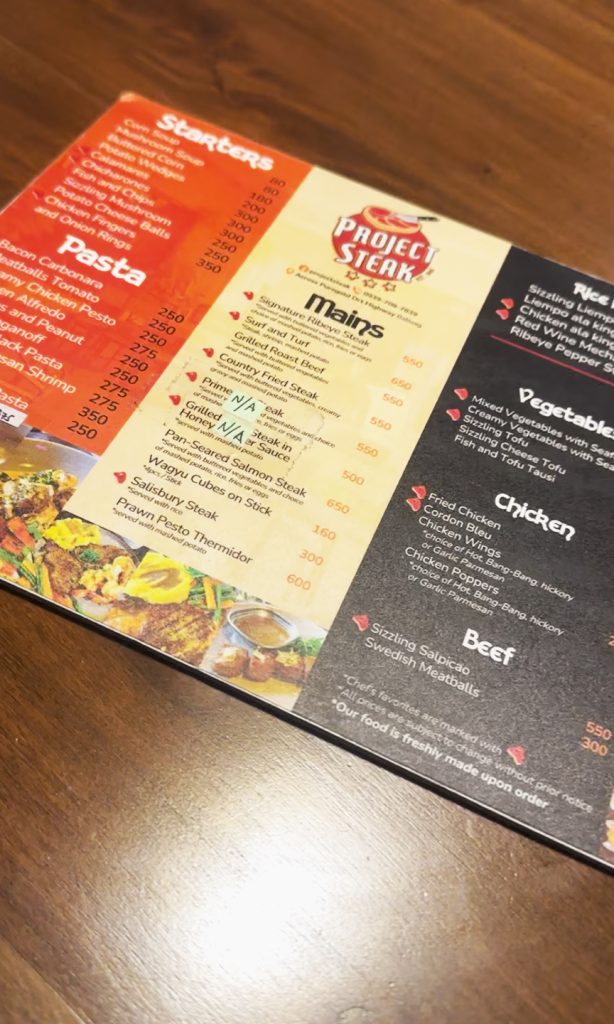
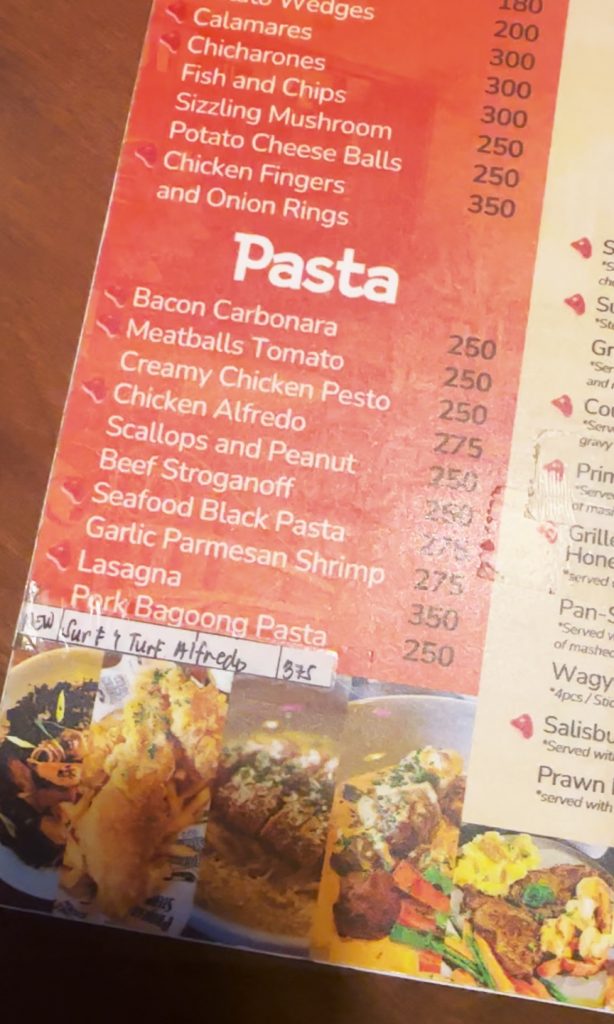

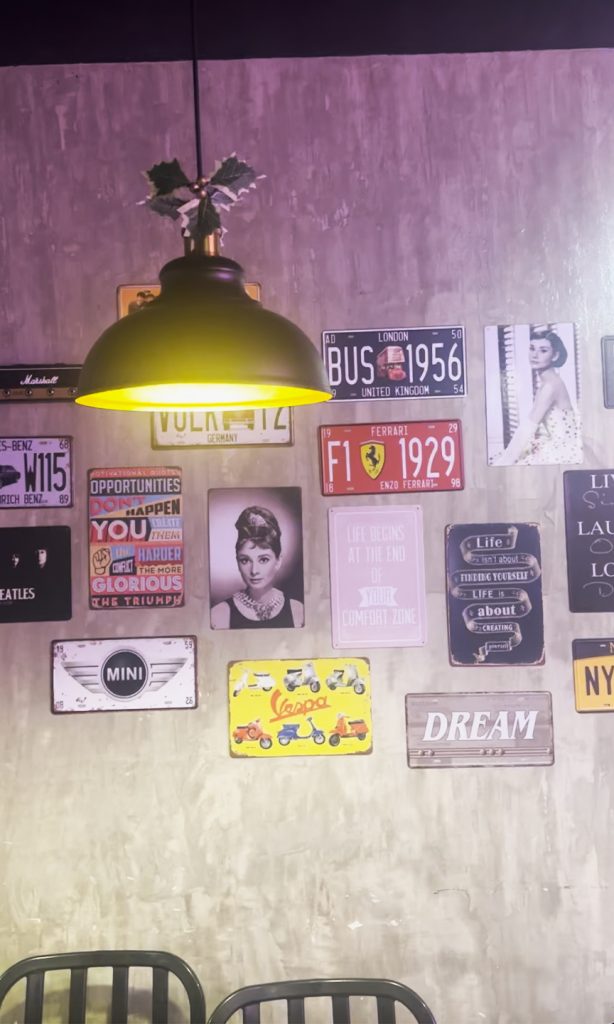
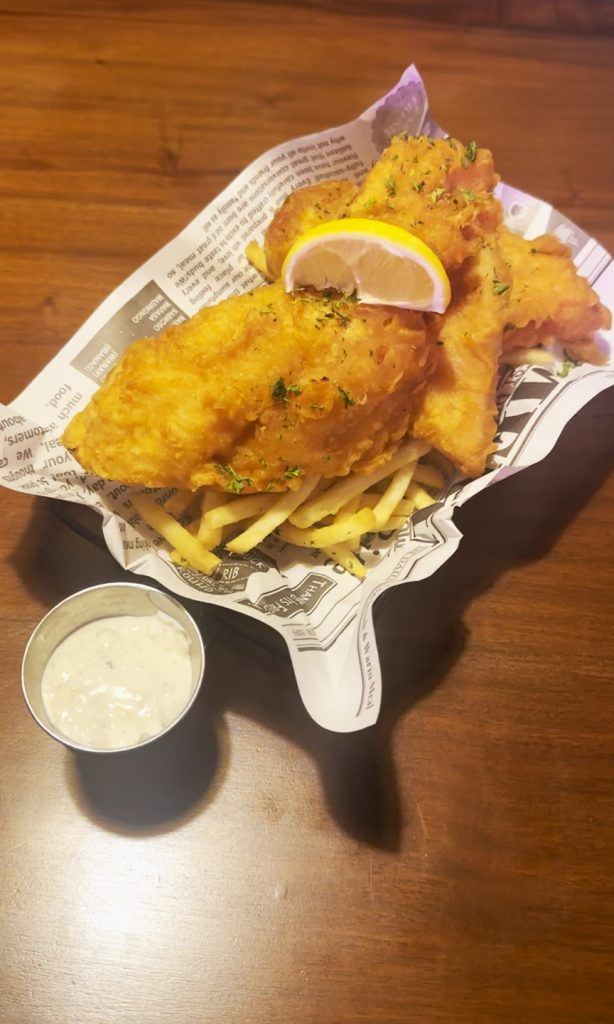

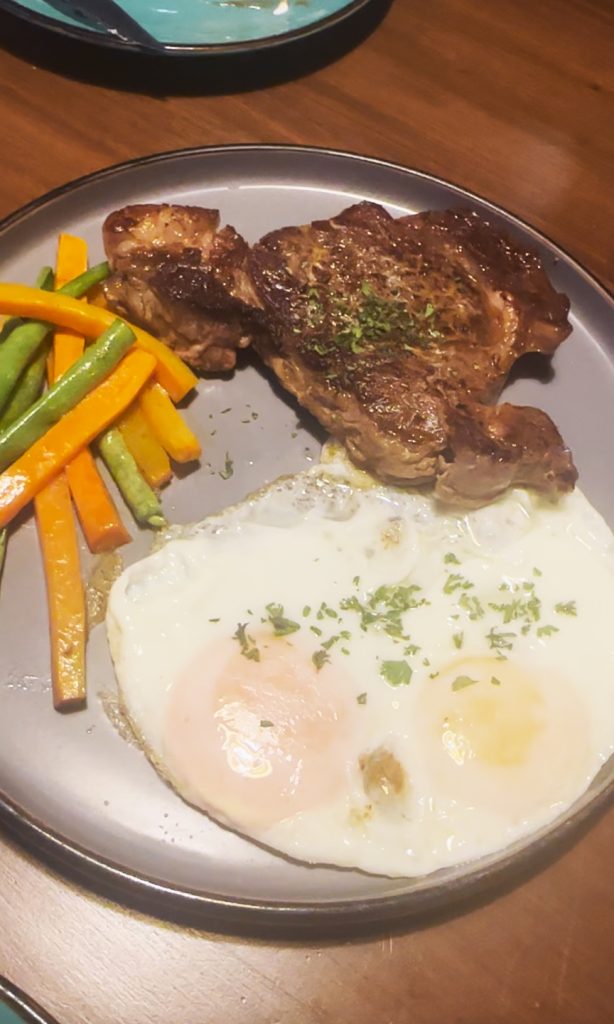
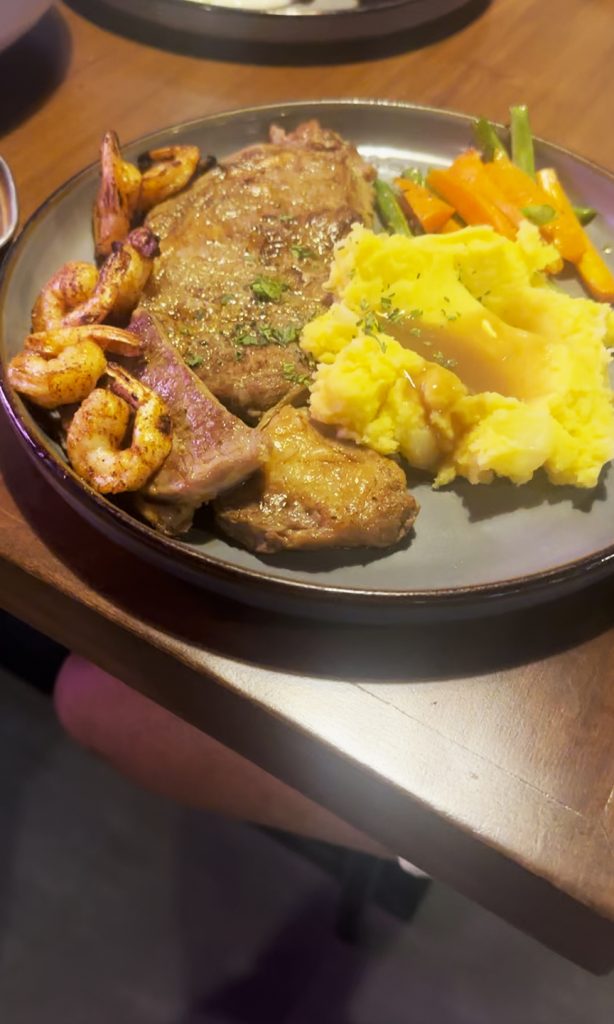
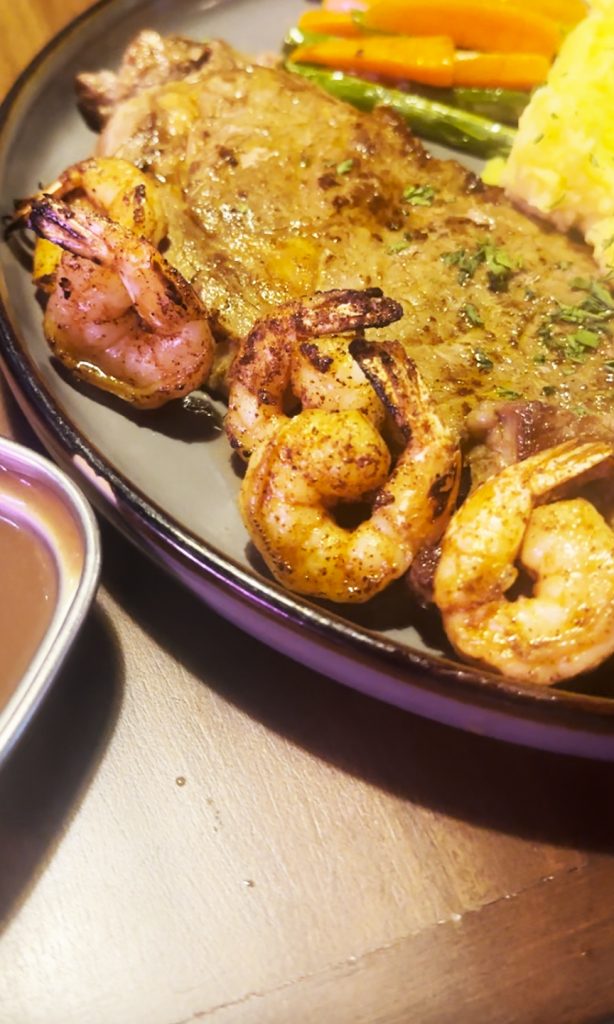



Is it worth to dayo, to target Project Steak? If you’re nearby and are looking for affordable steaks, perhaps. The ambiance is good, the offerings are presented well (check the plating!), and so on. But if it’s too far for you, and if there are other options for the same price wherever you may be, stay there na lang. That way, walang sisi.
Otherwise, join us as we look for more lafang venues.
Project Steak is located along Doña Remedios Trinidad Hwy, Baliuag, Bulacan. For more information, contact 0939 708 7839 or 0923 631 2559.
Travel
Checking the London Underground
UK’s London Underground serves millions every day, an example of a working train system (that we do not have in the Philippines). Sadly, 1 in 5 LGBTQIA+ travelers experience crime while using it, and 65% did not merit support from bystanders.

One way for Filipinos who are able to travel overseas can tell how bad our public transport system is, is by comparing the trains. We were invaded by White people in 1521, but – even now – we still only have three train lines.
@outragemag Check #LondonUnderground #trains in #London, aware it could be unsafe for #LGBT ♬ original sound – Outrage Magazine
UK, as an example, has the London Underground. Managed by Transport for London, this started in 1863 as the world’s first underground passenger railway. It now has 11 lines with 250 miles (400 kilometers) of track, with its 272 stations serving around five million passengers every day.
This isn’t a perfect system. Obviously, this is London-centric. It only serves the Greater London area, and some parts of the adjacent counties of Buckinghamshire, Essex and Hertfordshire in England. This is like saying na wala ngang LRT or MRT sa Bulacan o Cavite o Antipolo eh, and this lack highlights the exclusion of those also in need of proper public transport.
Looking at London’s train system through the LGBTQIA+ lens is actually disheartening… particularly if we talk not only about possibly meeting booking while riding trains. In 2023, London TravelWatch released a report that revealed that when LGBTQIA+ people used public transport:
- One in five (21%) experienced hate crime in the past year while travelling on public transport in London
- Four in five (82%) respondents changed their behavior or appearance to ‘fit in’ so they avoid abuse or harassment when travelling
- 65% of those who experienced abuse or harm when travelling in London said bystanders witnessed the incident but did not intervene
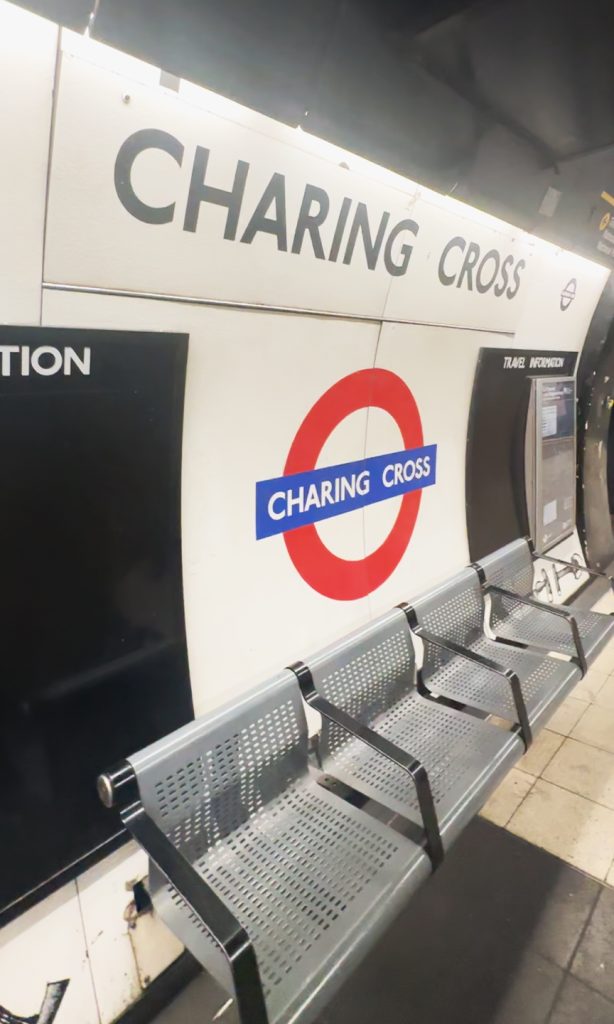
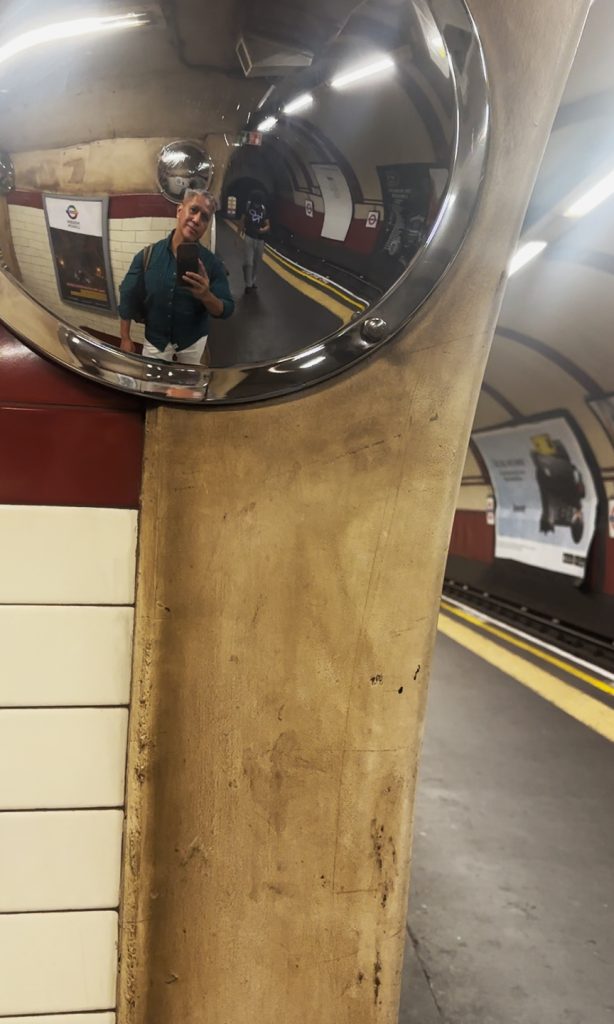
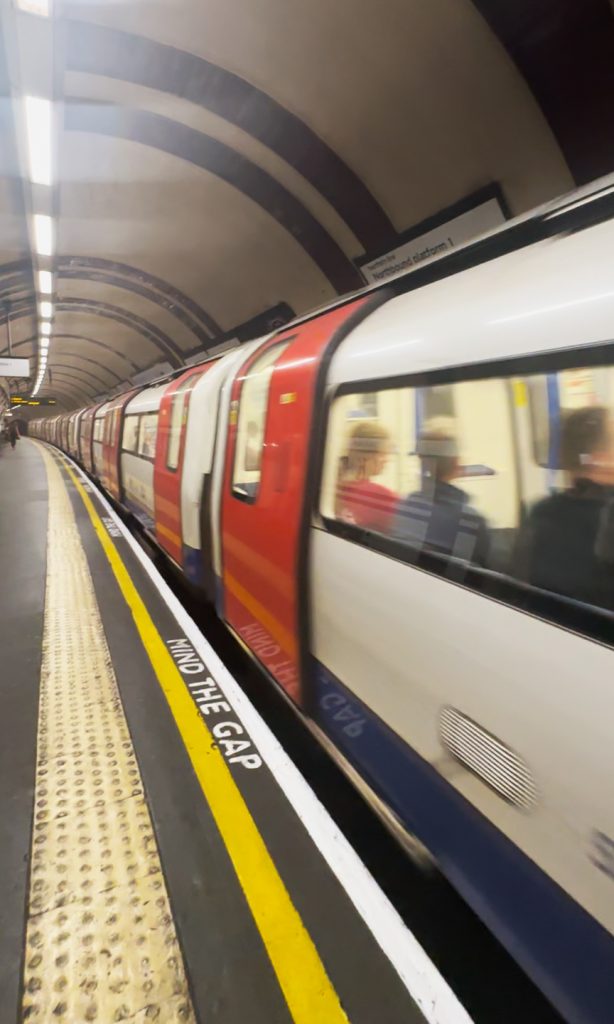
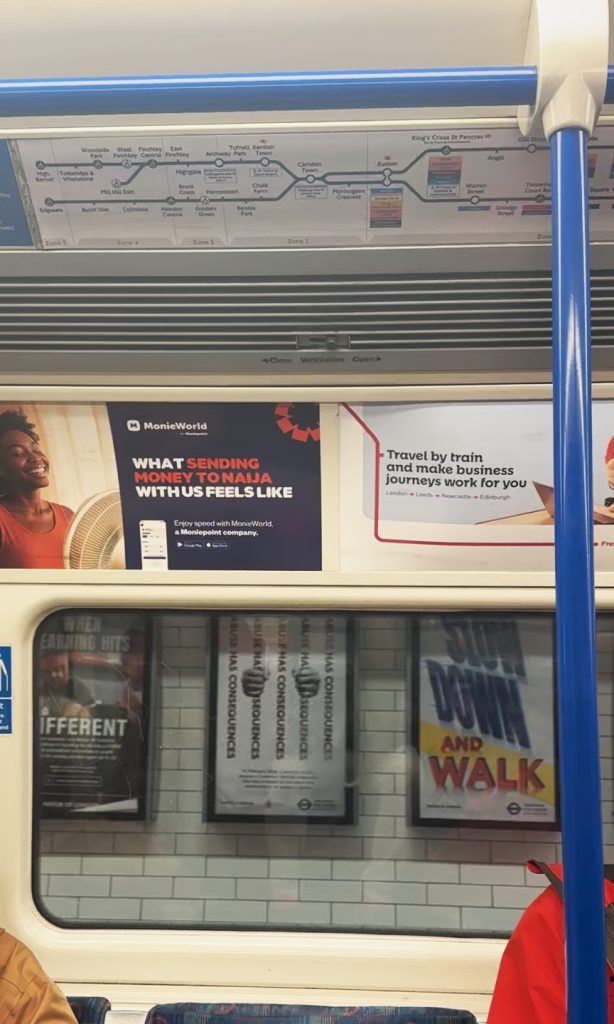
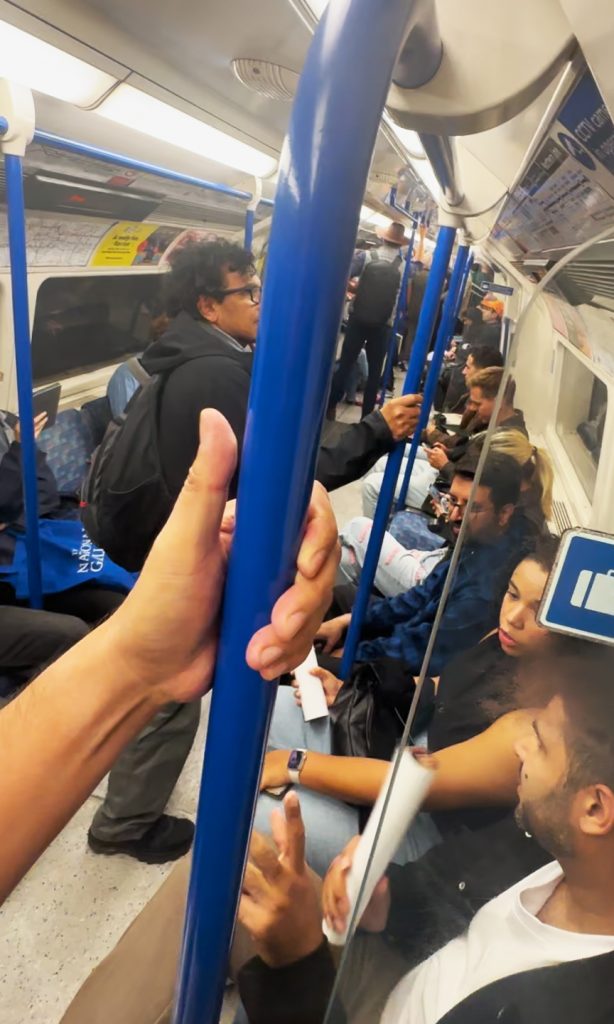
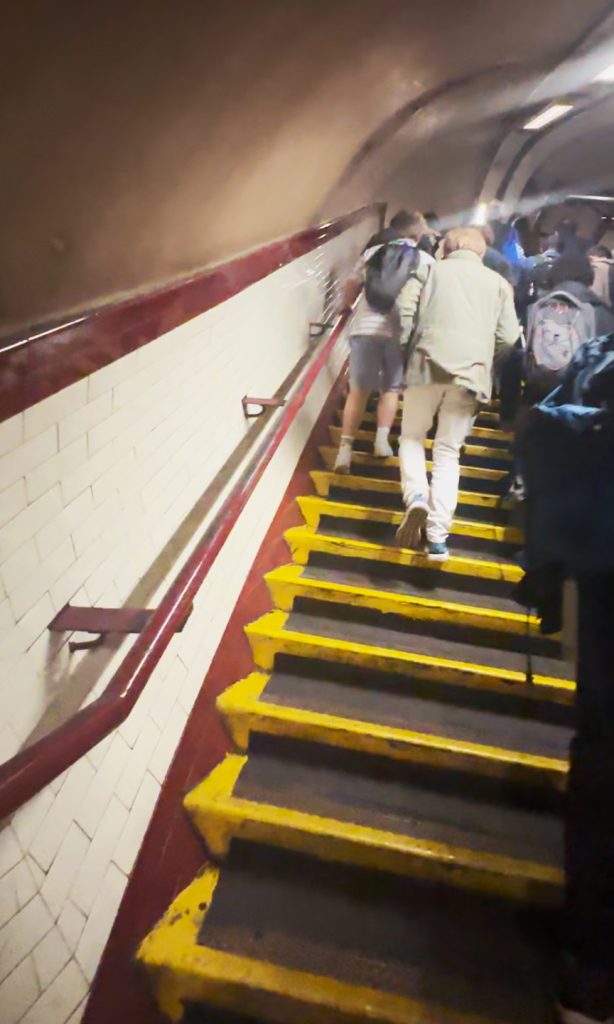

Lesson learned lang din: that even in spaces that better people’s lives, like a working train system, there are minority sectors that could be disadvantaged. And so this must always be considered to make sure all spaces are truly inclusive.
But off we go for more LGBTQIA+ rampa…
Destinations
London has The Monument to remember the fire that destroyed the city, but failed to learn lessons from what happened
Do you know of the #GreatFireOfLondon? #London has a monument for that but some anti-minority (including #LGBT) lessons are not learned.

In London in 1666, fire broke somewhere in Pudding Lane, with the blaze raging for days to – basically – gut the medieval City of London inside the old Roman city wall, though eventually extending past the wall to the west of London, and then swallowing almost the entire city.
@outragemag Heard of #GreatFireOfLondon before? #London has #TheMonument for that even if anti-minority (including #LGBT ♬ original sound – Outrage Magazine
The death toll, or yung dami ng namatay, is still contested even now. But some things are generally accepted as true, including:
- How the fire started in the bakeshop of the king’s baker, Thomas Farriner. So he is now eternally blamed for the fire, kahit na baka naman nakatulog lang siya dahil sa pagod sa trabaho. His boss nga eh, the king, did not know a single day of work because his position of power and wealth that came with it were inherited.
- The mayor at that time, Thomas Bloodworth, actually hesitated to make moves to stop the fire, though this is something we already expect from our politicians who – surprise, surprise – still manage to get elected anyway.
- There was blaming of the “others”, including immigrants, homeless people, and so on for causing the fire; this blaming of non-Whites is still common in the UK even now, even if the real abusers are those in positions of power as they make us fight among each other while they live in abundance.
Anyway, to commemorate what they now call as the Great Fire of London, and to mark na rin the rebuilding that followed, they established the Monument to the Great Fire of London. Also called as The Monument, it’s at the junction of Monument Street and Fish Street Hill.
Designed by Robert Hooke, and completed in 1677, The Monument is a column built of Portland stone, with a gilded urn of fire topping it. There is a viewing platform near the top, na ma-a-access through a narrow winding staircase of 311 steps.
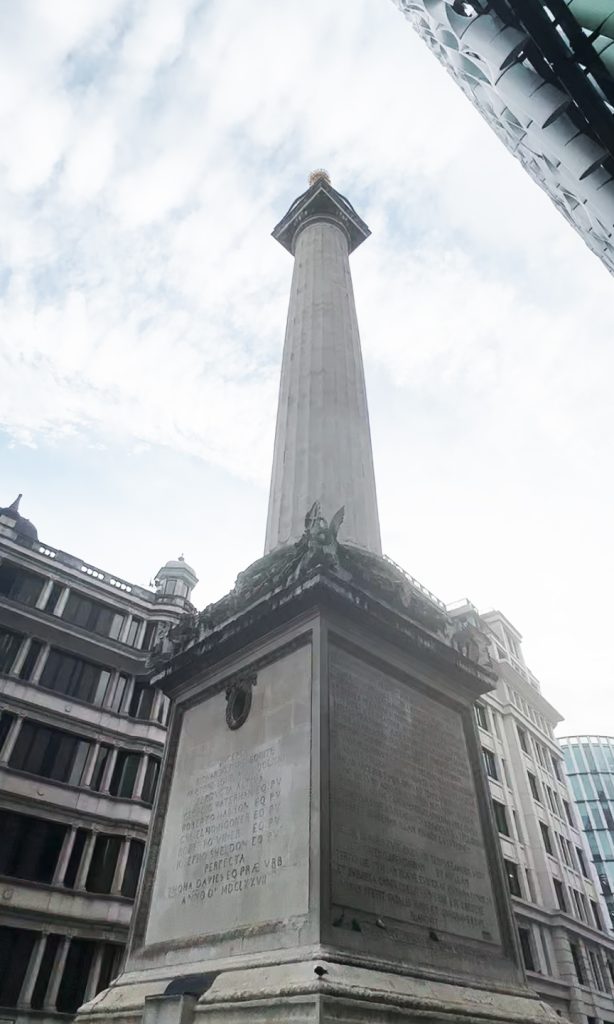
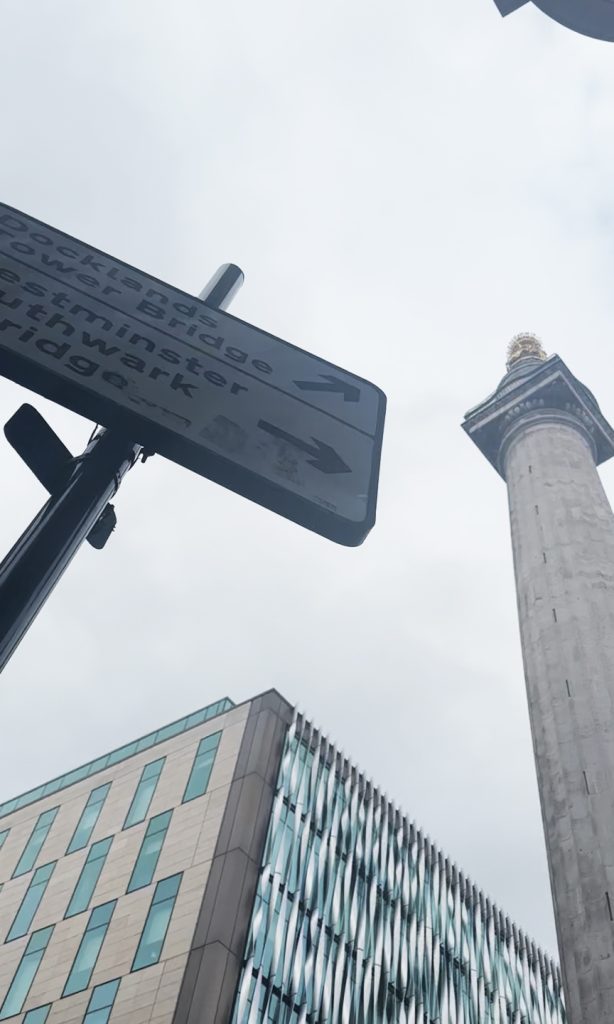
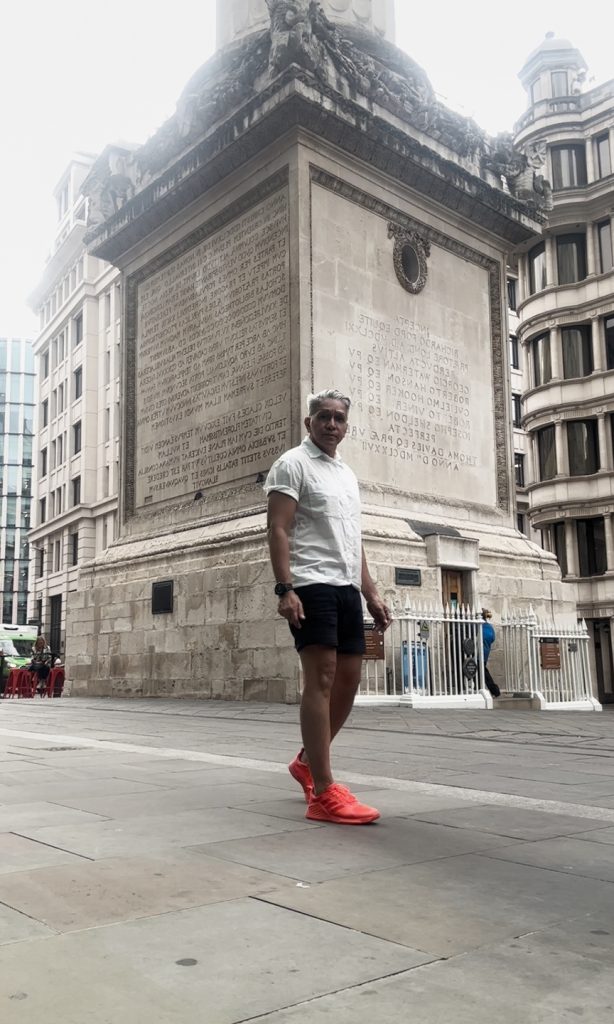
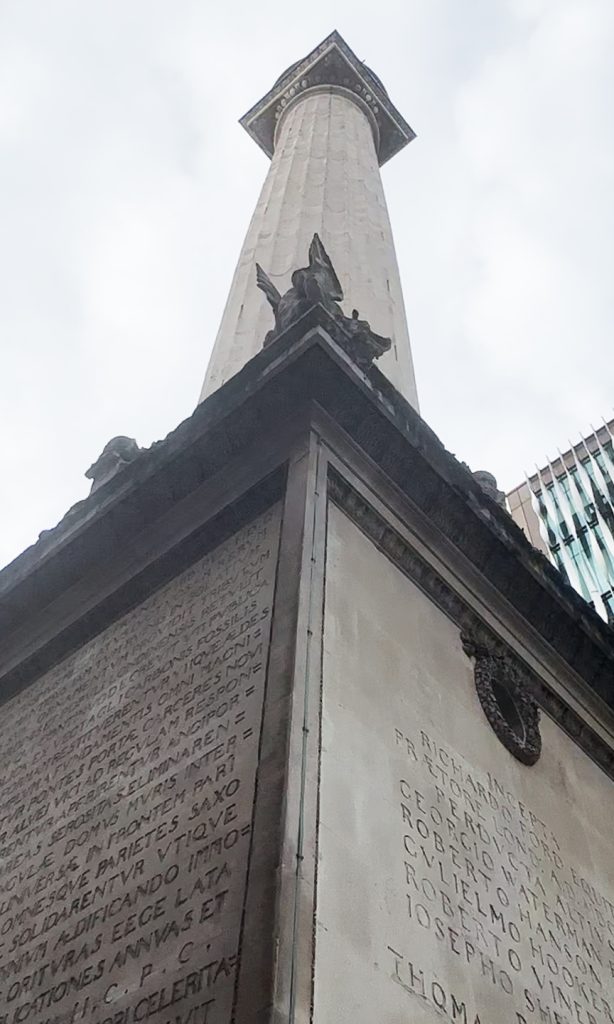
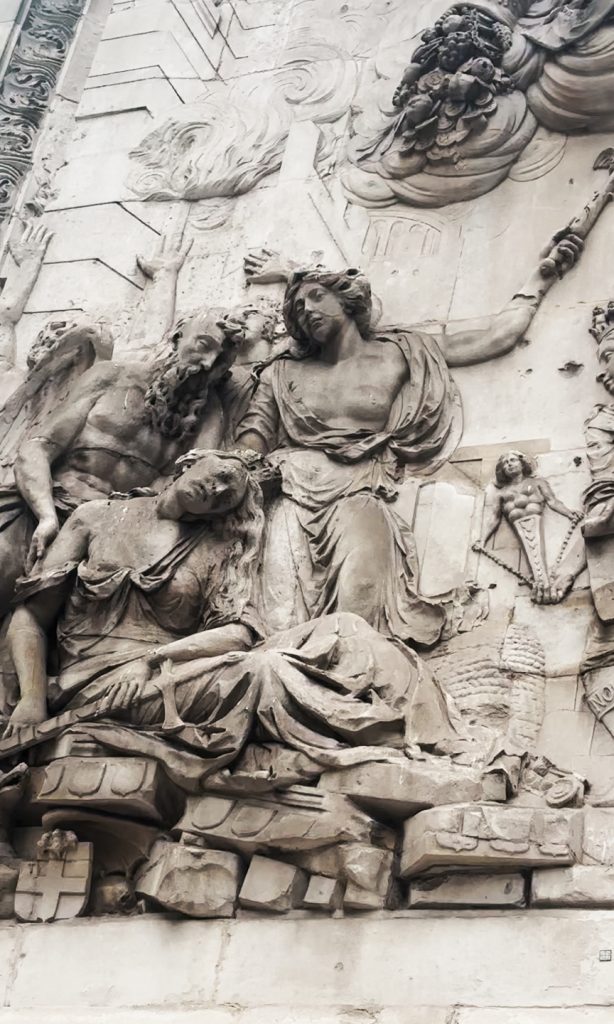
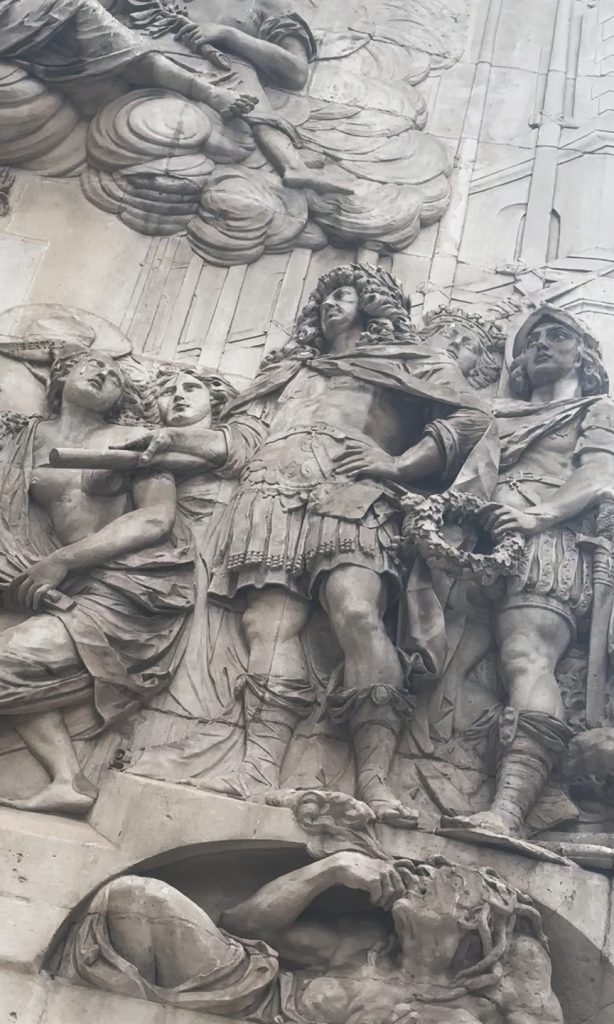
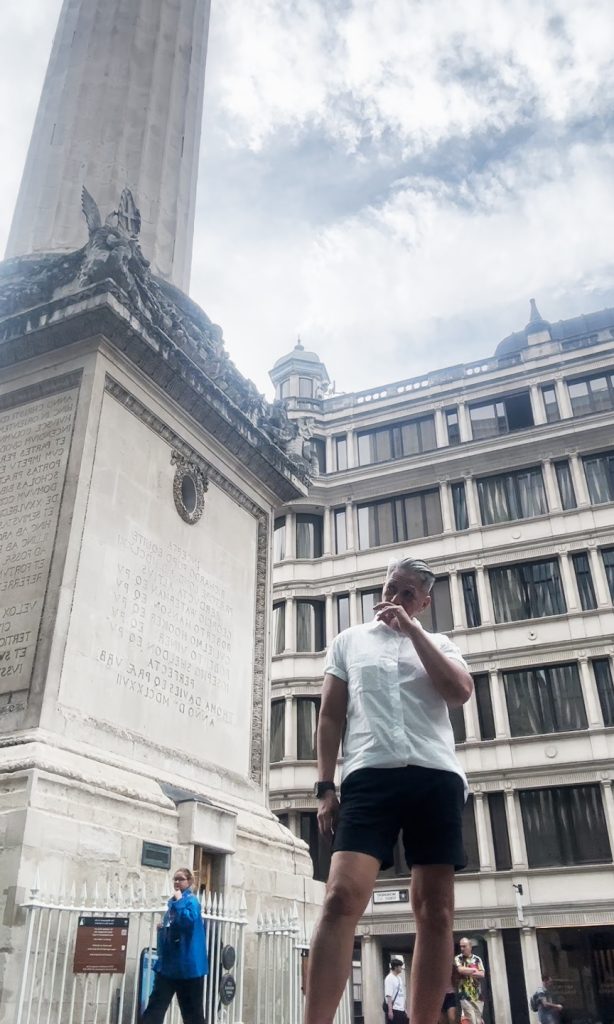
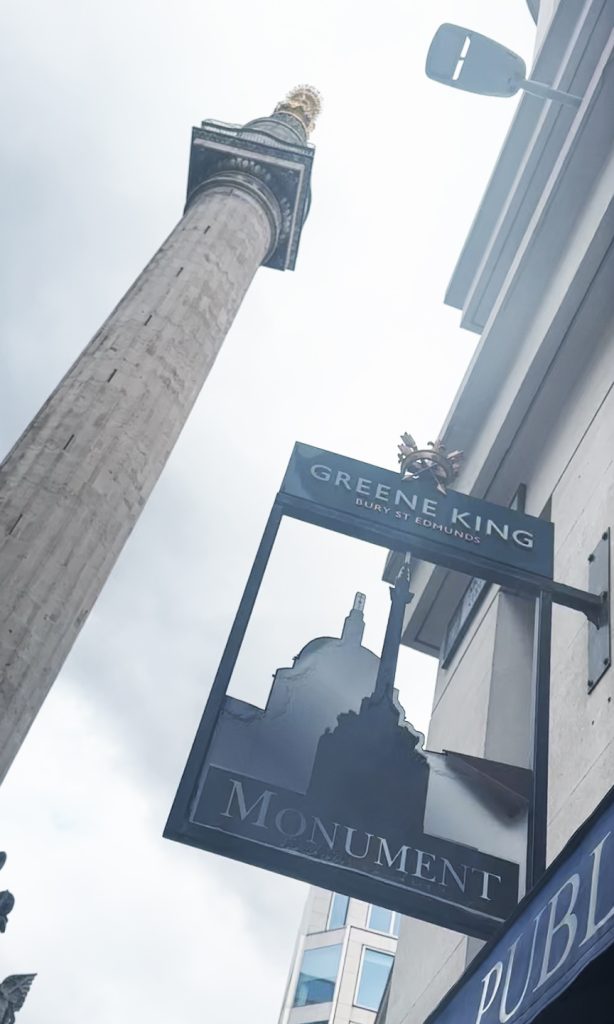
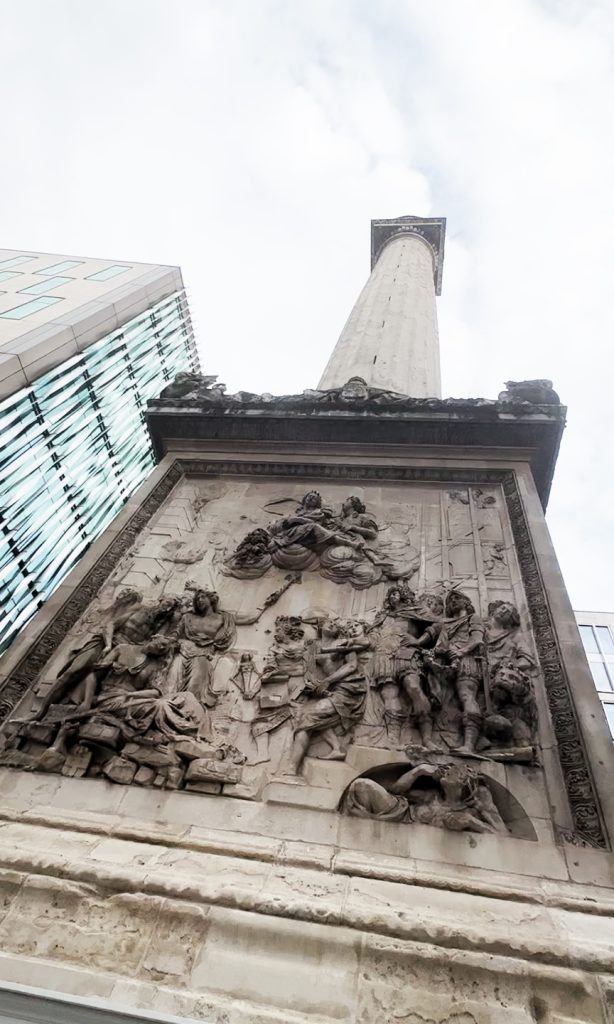
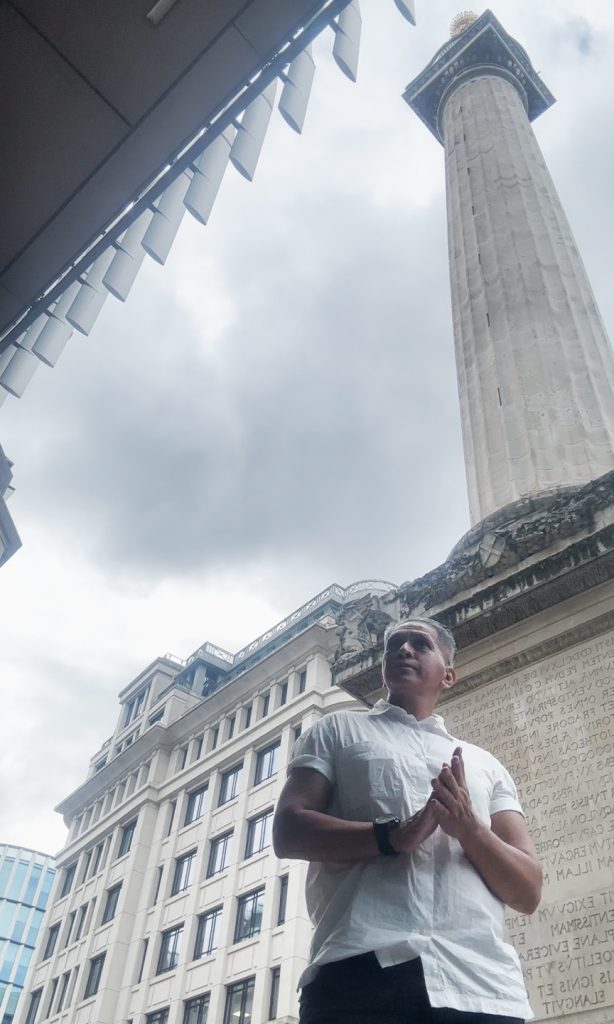
Sa Pilipinas, wala nga tayong great fire, but we have the never-ending ultra-great floods. Our politicians don’t care, too, focusing sa pagpapayaman through nakaw. But we don’t have markers; instead, we just have ruined lives. So yung lessons all the way from 1666, all the way from London, walang nakakarinig, as we all just look at the monuments and not their lessons…
But off we go for more #LGBTQIA+ rampa…
The Monument is located at the junction of Monument Street and Fish Street Hill in the City of London.
-

 Destinations4 weeks ago
Destinations4 weeks agoLooking for the Hollywood magic (then finding myth making) in Notting Hill in London
-

 Destinations3 weeks ago
Destinations3 weeks agoLondon has The Monument to remember the fire that destroyed the city, but failed to learn lessons from what happened
-

 Product Showcase2 weeks ago
Product Showcase2 weeks agoSix gold awards spotlight Mang Inasal’s marketing leadership at International Business Awards
-

 Nutrition2 weeks ago
Nutrition2 weeks agoEat your greens and skip the sugar spikes
-

 Destinations4 weeks ago
Destinations4 weeks agoYour idea of the ‘London Bridge’ is false… thanks to erroneous marketing pandering to our lookism
-

 Travel3 weeks ago
Travel3 weeks agoChecking the London Underground
-

 Wellness2 weeks ago
Wellness2 weeks agoRegular exercise ‘rewires’ heart-control nerves differently on left and right side, study finds
-

 NewsMakers2 weeks ago
NewsMakers2 weeks agoDrinking any amount of alcohol likely increases dementia risk


